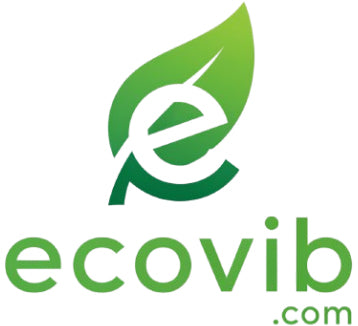In the global fight against malnutrition, innovative and sustainable solutions are crucial, especially for children and vulnerable populations. Moringa Oleifera, known as the "Miracle Tree," offers a promising avenue. Its leaves are a powerhouse of vitamins, minerals, proteins, and antioxidants, making it an ideal candidate for enhancing the nutritional value of school meals and community feeding programs. This article explores strategies for integrating Moringa into these initiatives, aiming to improve nutrition and health outcomes.
Understanding the Nutritional Profile of Moringa
Moringa leaves are rich in essential nutrients, including vitamin A, C, calcium, potassium, iron, and protein, which are vital for growth, development, and overall health. Their high antioxidant content also supports the immune system, making Moringa an excellent supplement to combat malnutrition and related health issues.
Incorporating Moringa into School Feeding Programs
The following recommendations aim to promote the integration of Moringa, a highly nutritious plant, into school menus, and educational programs to encourage healthy eating habits among children.
Menu Planning
- Moringa-Enriched Dishes: Infuse powdered Moringa leaves into frequently served dishes, including rice, soups, and stews, to augment their nutritional value without significantly altering their flavor profile.
- Healthy Snacks: Devise recipes for Moringa-enriched snacks, such as muffins or energy bars, that are both healthy and appealing to children.
Education and Engagement
- Nutritional Education: Implement educational initiatives that educate children about the benefits of Moringa and other nutritious foods, emphasizing the importance of healthy eating habits.
- Student Participation: Engage students in cultivating Moringa trees within school gardens, providing them with hands-on learning opportunities regarding agriculture and nutrition.
Leveraging Moringa in Community Feeding Programs
Community Gardens
Moringa Cultivation: Moringa trees are known to have high nutritional value, and hence, promoting their cultivation in community gardens can provide a sustainable source of nutrition for local feeding programs. The community gardens can be established in areas where there is a lack of access to fresh produce. The cultivation process can also be carried out in a way that ensures environmental sustainability by using organic methods.
Workshops and Training: To empower the communities to improve their nutritional intake, workshops and training sessions can be conducted on how to grow, harvest, and utilize Moringa. These workshops can be conducted by experts on Moringa cultivation who can provide the necessary guidance and knowledge to the locals. The workshops can also include ways to process Moringa for consumption and preservation techniques.
Supplemental Nutrition Packs
Moringa Powder Sachets: Moringa powder is an excellent source of vitamins and minerals and can be easily incorporated into daily meals. The sachets of Moringa powder can be distributed to families, along with instructions on how to use it in their meals. This can help provide a nutritious boost to their diet and improve their overall health.
Recipe Development: The recipes can be developed specifically for vulnerable populations, keeping their nutritional needs in mind. These recipes can be designed to use Moringa as a key ingredient, ensuring that they receive the necessary vitamins and minerals. The recipes can be shared with the communities to encourage them to use Moringa in their daily meals, helping them lead healthier lives.
Challenges and Considerations
Taste Acceptance:
- Address potential taste aversion by gradually introducing Moringa into diets and experimenting with recipes that mask or complement its flavor.
Quality Control:
- Ensure the Moringa used is of high quality, free from contaminants, and processed under safe conditions to preserve its nutritional value.
Cultural Acceptance:
- Work with community leaders and influencers to promote the acceptance and integration of Moringa into local diets, respecting cultural preferences and traditions.
Conclusion
Integrating Moringa into school meals and community feeding programs offers a viable strategy to bridge nutrition gaps and combat malnutrition. By leveraging its remarkable nutritional profile, these initiatives can significantly improve health outcomes for children and vulnerable populations. Success hinges on thoughtful implementation, community engagement, and ongoing education to ensure Moringa's benefits are fully realized and sustained.
Final Thoughts
The journey to better nutrition and health through Moringa is not just about adding a superfood to the diet; it's about creating a culture of wellness that values sustainable, locally-sourced solutions. As communities and schools embrace Moringa, they sow the seeds for a healthier future, demonstrating the power of nature to nourish and heal.

